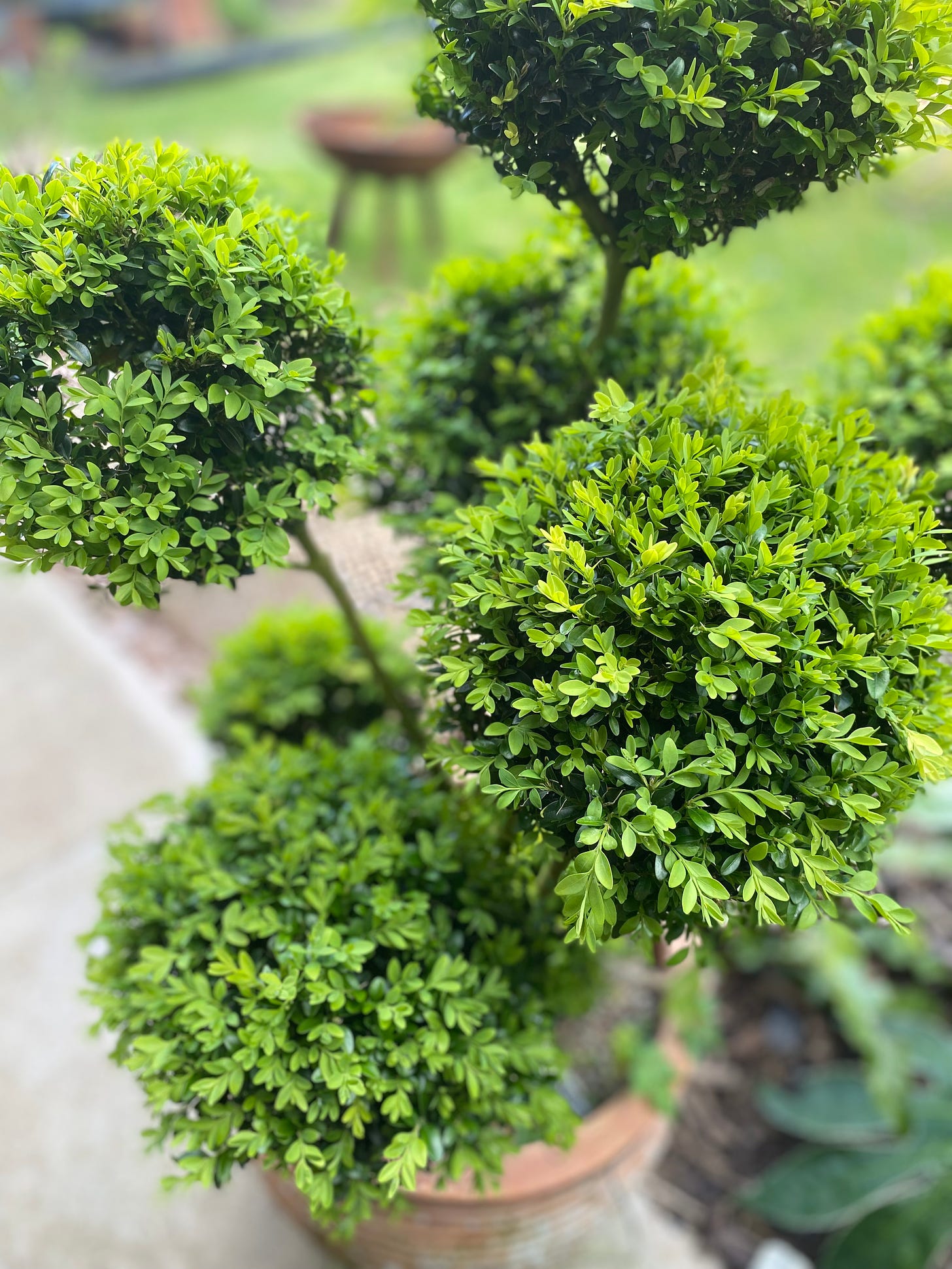I might have sunk into the depths for a while there, but I’m back now and getting into my old writing ways, on gardens and nature.
If you gave me the stage with an open mic, words would probably fade and I’d likely find myself with little to say of consequence. However, if you gave me a scribbling stick and asked me to write something down, I’d likely be back to you in no time at all asking for more paper, and a pencil sharpener. Writing does something for me, and over time it’s grown to the point where I couldn’t imagine living without it in some shape or form. Lately however I have needed to step back a little.
Recovering from illness, I’ve hardly found myself not able to write for a few weeks now, and I have genuinely missed it, indeed my last post back in April took quite a while to pull together. Feeling under parr has made it tricky even to get through working days, resulting in little capacity at the end of each day to write with a clear head, although strangely, taking it steady, I have felt comfortable working in the garden. Maybe after all, there is something restorative about fresh air, plants, and birdsong, that somehow puts things right?

I have continued to write in my journals each evening, recording highlights of each day be they weather, wildlife or garden related, but for sure, this wouldn’t compare with my normal writing output. ‘Normal’ activity is where I’m drawn some mornings and evenings to spill thoughts onto pages, saying precisely what I feel and what comes to mind. Starting from a saved photo or a memory seed sown during the day, words somehow just appear, sentences grow, and after both painful and playful editing, a post-worthy piece occasionally blossoms.
Writing massively scratches a creative itch I’ve always had. I write for others who like to hear a different view on gardens or nature, and I write because on most days, I’m exposed to so many garden delights that it feels wrong somehow to keep them all in. I don’t mind if that all sounds a little soft, that’s just how it is. If through my words someone somewhere is drawn to look a little closer at the magical world of plants, gardens, and nature, they too might be drawn to love it and care for it, like I do.
With so much social flow these days, I don’t expect anyone to have noticed my lightweight presence on Instagram, or the lack of posts to my Gardening Ways or Writing Ways Substack come to that. What I do hope though, and it’s looking good if you’ve read this far, is that you’ll maybe return to read a piece or two more, and if my words flow suitably, you may even pat me on the back with a like here or there. Until then, thanks for dropping by, and I look forward to writing here again for me, and for you.
Kind regards, Gary Webb







